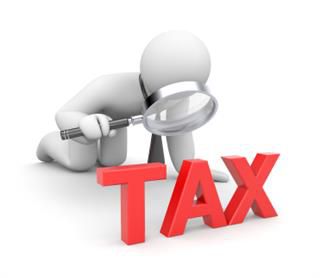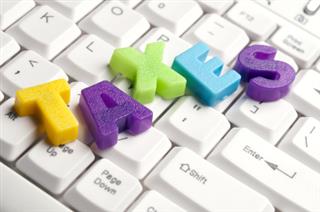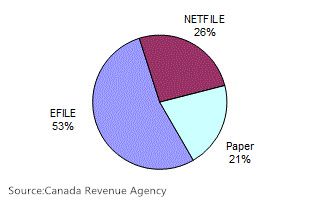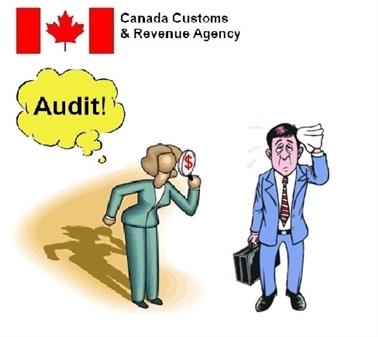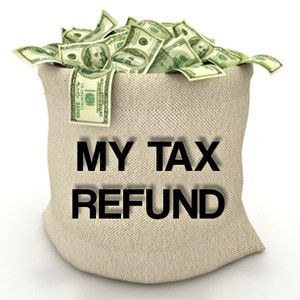
You will probably be surprised to see the long list of allowable medical expenses in Canada Revenue Agency. Here are just five that may have never crossed your mind
- Air conditioner – $1,000 or 50% of the amount paid for the air conditioner, whichever is less, for a person with a severe chronic ailment, disease, or disorder – prescription required.
- Bathroom aids to help a person get in or out of a bathtub or shower or to get on or off a toilet – prescription required.
- Certificates – the amount paid to a medical practitioner for completing and providing additional information in regard to Form T2201 and other certificates.
- Orthopaedic shoes, boots, and inserts – prescription required.
- Premiums paid to private health services plans including medical, dental, and hospitalization plans.
Which medical expenses are not eligible?
The expenses you cannot claim include the following:
- athletic or fitness club fees;
- birth control devices (non-prescription);
- blood pressure monitors;
- cosmetic surgery – expenses for purely cosmetic procedures including any related services and other expenses such as travel, incurred after March 4, 2010, cannot be claimed as medical expenses.
- diaper services;
- health plan premiums paid by an employer and not included in your income;
- health programs;
- organic food;
- over-the-counter medications, vitamins, and supplements, even if prescribed by a medical practitioner;
- personal response systems such as Lifeline and Health Line Services;
- Ontario Health Insurance Plan
Refundable medical expense credits
If you have business or employment income of at least $3,363 in 2014, you may be able to claim a refundable medical expense supplement. The refundable credit is 25% of medical expenses, up to maximum $1,142. It’s reduced by 5% of your family income in excess of a specified amount. This credit is in addition to the tax credit for medical expenses.
How to claim your medical expenses
You can claim on line 330 the total eligible medical expenses for yourself, your spouse and your child under age of 18.
If you support other dependents such as your adult child, grandchild, parents, grandparents, brothers, sisters, aunts, uncles and nieces who were residents of Canada, and you pay for their medical expenses, you can claim this amount on line 331.
Since the allowable medical expense has to first be reduced by 3 per cent of net income, it is generally better for the lower income spouse to claim the whole family’s medical expense tax credit.



